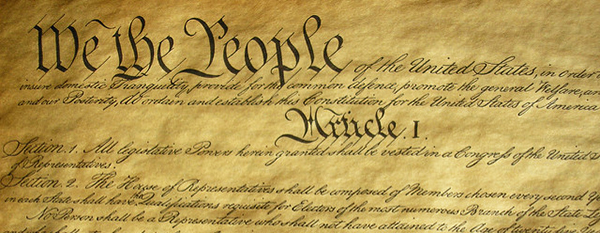 From the moment I click the “publish” button, the posts and pages on this website are protected by copyright law. Which means that limited excerpts of the contents may be quoted by others under the fair use doctrine. But any more extensive reproduction of my words, and any use at all of my photos or drawings, may only occur when my permission is sought and granted.
From the moment I click the “publish” button, the posts and pages on this website are protected by copyright law. Which means that limited excerpts of the contents may be quoted by others under the fair use doctrine. But any more extensive reproduction of my words, and any use at all of my photos or drawings, may only occur when my permission is sought and granted.
However, many blog owners put a copyright statement on their websites. It serves as a reminder that the content of the site does belong to the site owner, a fact that is sometimes forgotten online.
The crafting of a copyright statement has been on my to-do list for quite some time. Today, I finally tackled the task.
Many sites have only the most basic of statements.
Copyright © Siteowner.
There were two reasons that would not not work for me.
The most obvious one is that my site contains some content that does not belong to me. I love old paintings and old book illustrations, and many of them are in the public domain. Which means I am permitted to place images of these old works on my website.
I also include images that their creators allow to be used under Creative Commons licenses.
So a blanket statement of copyright would be grossly inaccurate. Most of the contents of my website belong to me, but not all of it.
The other reason I prefer not to use a blanket statement, is that I want to encourage people who like my books to tell others. While one friend talking to another has no need any special permissions, a blogger – writing a blog post about one of my books – who wants to use my cover images or marketing copy, does need permission. A very limited copyright statement might discourage these folks!
With all these parameters to keep in mind, developing my copyright statement took some thought.
This is what I came up with:
You have my permission and encouragement
to reproduce my book covers and cover copy
for the purpose of telling others about my books.
Please do!(That purpose only, of course.)
Public domain images that appear on this website,
images used under a Creative Commons license,
and excerpts from book reviews
possess links to their sources and credit to their creators.
All other content,
images, and text
copyright © 2011-2016
J.M. Ney-Grimm.
The first paragraph lets bloggers, reviewers, and others who want to talk up my books know that it’s fine for them to copy my book cover images and my cover copy on their own websites. I retain my copyright to those things, but I grant permission for them to be used.
The parenthetical remark that follows is probably not necessary, but I wanted to be clear, lest an ill-informed or muddled hobbyist think it would be okay to simply “borrow” one of my book covers to slap onto one of their own books. It wouldn’t! 😀
Next comes the statement about the elements appearing on my site that do not belong to me.
If you hover your cursor over the image of a public domain painting or a photo used under a Creative Commons license, you’ll see a little text box that displays the title its creator gave it (if it has one; not all do), the creator’s name, whether the image is in the public domain or is being used under a Creative Commons license, and the website where I found the image – usually Wikipedia, Wikimedia, or Flickr.
If you click on the image, a new tab will open on the page of the website where the original image rests.
When I quote from a review of one of my books, I include the name of the reviewer, and I link to the website where the review originally appeared.
The final paragraph of my copyright statement is where I state my ownership. I created this website in early 2012, so you would think that the years specified would include 2012 – 2016. But I published The Troll’s Belt and Troll-magic in December 2011.
The marketing copy for those two books has changed many times, and the covers have been revised, too. However, the old covers and the old copy appear in some of my posts about cover design and copy writing. Therefore, I use the time span of 2011 – 2016. Of course, I’ll have to update that interval every year on January 1.
I placed my statement in both the sidebar and the footer of my site, because I want it easily found. If I put it in the footer only – well, I allow seven posts to appear on my blog page. It’s a l-o-o-o-n-g way down to that footer. Might as well be hidden behind blackout curtains! The statement in the sidebar is much more accessible.
But if you click on an individual post, the sidebar disappears. And the footer at the bottom of that one post (or the bottom of a page lacking a sidebar) is not far away at all.
So I’ve got both bases covered.
I am not a lawyer, so none of the above is legal advice. But I thought my thinking and my process might be of interest to some of you! 😀
For more about blogging:
Why Create a Site Map?
Slow Blogging and Other Variations
SPAM Deluge
New Home Page


